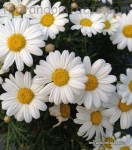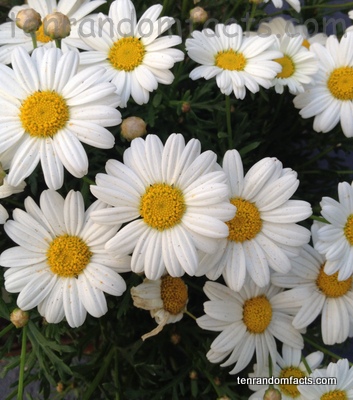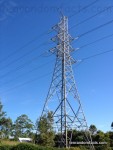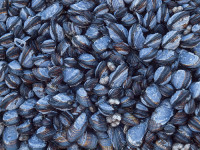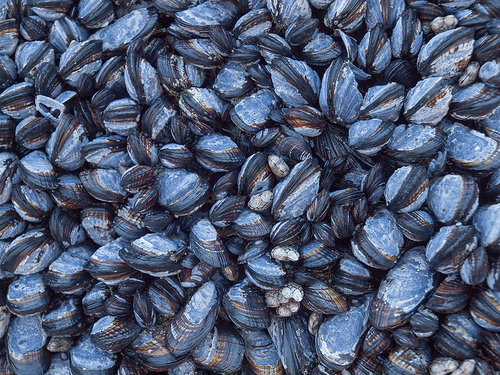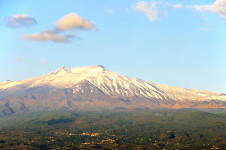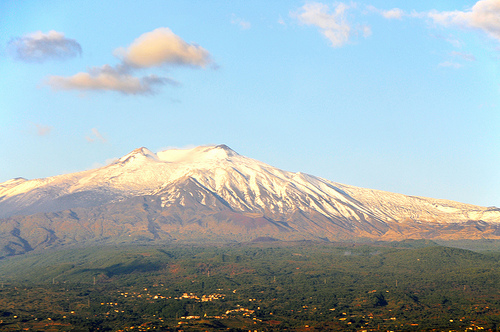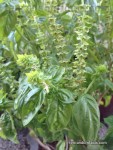
Add a tinge of flavour with some basil.
- Basil is a species of leafy herb that is used primarily in cooking, and it is mostly grown as an annual.
- ‘Basil’ is also known as ‘Saint Joseph’s Wort’ and ‘sweet basil’, and sometimes ‘Thai basil’, however this name usually refers to a variety of the herb.
- Basil has the scientific name Ocimum basilicum and is from the family of mint, and there are numerous varieties of the herb, including a licorice flavoured one.
- Basil plants typically have green fragrant leaves, although purple varieties are available, and they usually grow to be 30 to 130 centimetres (12 to 51 inches) in height.
- Basil is said to have originated in Asia and Africa, where, in some countries, it has been grown as a crop in ancient civilisations, especially in India.
- Basil leaves are generally used to flavour foods, either dried or fresh, although the latter contains much more flavour, and oil can also be extracted from the plants.
- Fresh basil should only be cooked for short time periods, as longer cooking will cause the flavour to dissipate.
- Basil has been used in traditional medicine, especially in India, and studies into the herb have also determined that it has significant antiviral and other beneficial medicinal properties.
- The term ‘basil,’ has it origins in the word ‘basileus’, and when translated from Greek means ‘king’.
- Basil is extremely high in vitamin K, and is good source of manganese, and vitamin A.
Bibliography:
Basil, 2015, Wikipedia, http://en.wikipedia.org/wiki/Basil
Basil, 2015, The World’s Healthiest Foods, http://www.whfoods.com/genpage.php?tname=foodspice&dbid=85





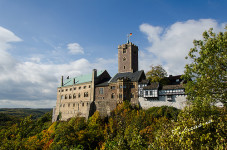
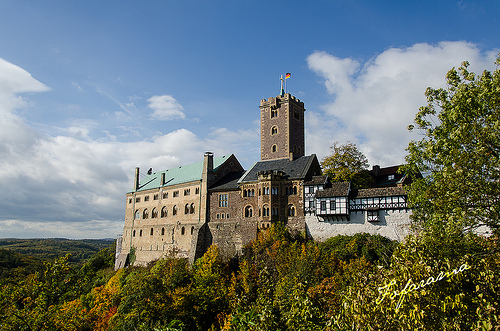 Part of Wartburg Castle
Part of Wartburg Castle
